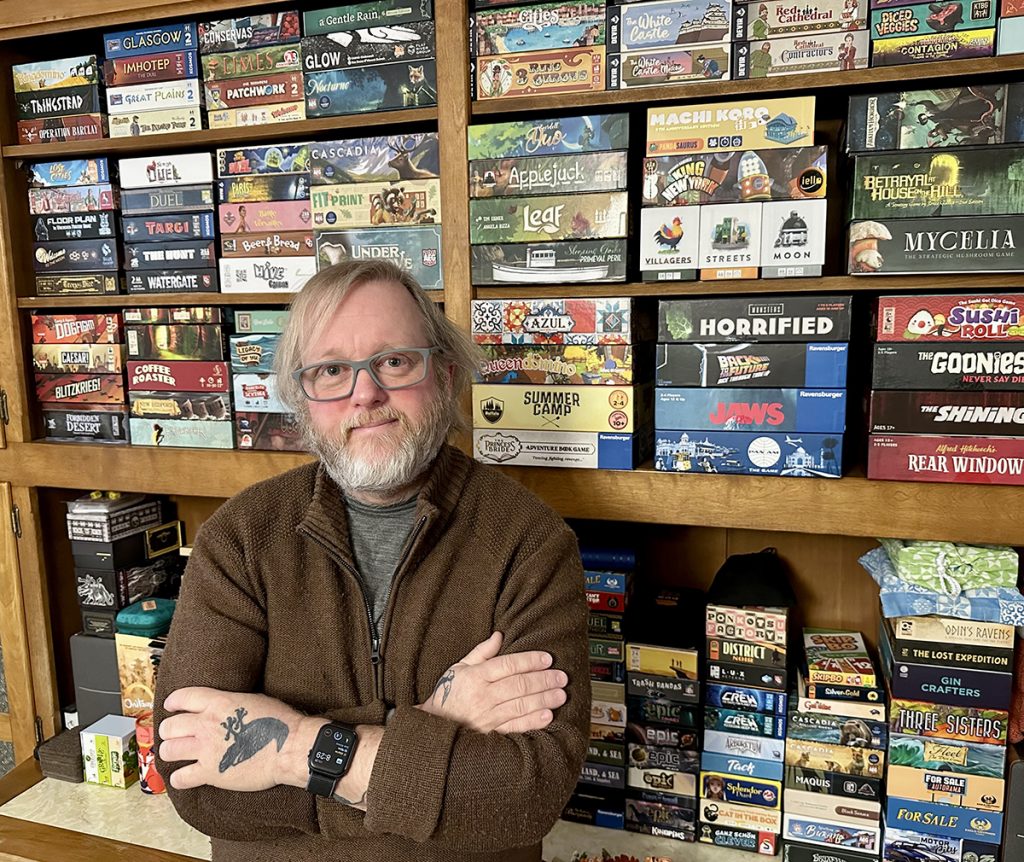Iowa State professor Matthew Sivils does, and so do the 3.7 million readers of The Conversation, a nationally syndicated nonprofit media outlet. Sivils’s contribution explains that board games have proved themselves to have a multitude of uses over the years. These games act as recreational entertainment, strategy-engaging challenges, and connection points to unite diverse groups.
Sivils found in his research at the American Antiquarian Society in Massachusetts the cultural impact that centuries of colorful cardboard and plastic figurines have made. These games reveal far more about pop culture and politics than one may assume. Sivils dissects the historical messaging that can be studied from an unorthodox archival item such as the board game.
Sivils first interacted with archived material when he viewed The Travelers Tour Through the United States, published in 1822. This game involved map work and centered around early American settlement. Noticeably, topics such as slavery and Indigenous tribes were excluded from game interactions. This exclusion exemplifies how board games may or may not idealize American society and national operations. Furthermore, Sivils points out that The Game of Life is another reflection of American values and ideals.

Photo by Kelsey Vargason
The original publication of The Game of Life was titled The Checkered Game of Life and was published in 1860. Sivils explains, “The first one was extremely popular, and in that one, you’re not driving a car around because they didn’t exist then. You are going from one little square to the next and trying to live a good life. It’s not even a life that makes you a lot of money, but you’re also avoiding things like suicide.” The missing pieces, such as a car and a prosperous career, reflect the era’s concerns with human well-being prioritized above status and security.
In contrast, The Game of Life, published in 1960, modeled different goals. The goals of this particular version reflect conservative American values. The player must graduate high school, attend college, secure a job, get married, buy a home, and have a van full of children. Naturally, the prospect of “The American Dream” was at an all-time high in the 50s and 60s. This theme, translated into blue and pink figurines, encouraged young minds to invest in a domestic future. Sivils expresses, “These games have a lot of different ways into the history of the moment. Economic and political.” Although some games stem from outdated philosophies, progress is on the horizon. A new game titled Molly House will be published in 2025 and spotlights “gender-defying mollies of early eighteenth-century London.” Players have the opportunity to host extravagant festivities celebrating queer joy while also avoiding run-ins with the law.
As well as historical context, board games allow us to be storytellers. As Sivils indicates, “We can’t help but to learn at least about each other or ourselves in playing games.” Board games offer young adults the face-to- face interaction they lack in digital environments. Students can use their creativity in a liberated way when sitting down with a card prompt and a group of peers. Moreover, Sivils points out, “Games put us in what is a consequence-free environment. No one is going to suffer if they lose the game. You can take the volume down on disagreements in general.” Board games foster the perfect environment for creativity, collaboration, and healthy disagreements. Students can distance themselves from the noise of their everyday lives by engaging in a tangible process. Sivils reminds us to blow off the dust and return to playing the game.
